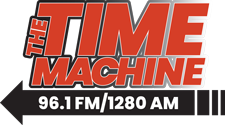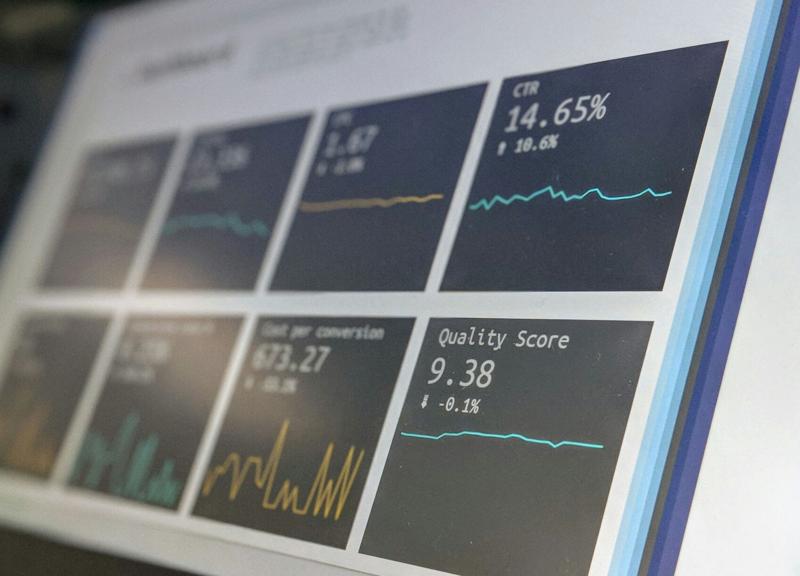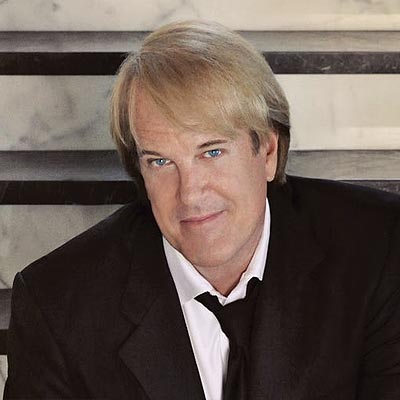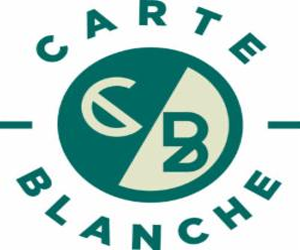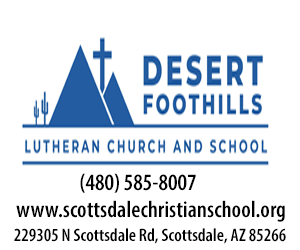“We’ll know neutral by ‘its works.’ We will gradually remove restrictions and observe how the economy reacts,” the Federal Reserve chair said almost two weeks ago when the Central Bank delivered a 50 basis points rate cut, marking the beginning of its recalibration process.
Headline prices, as measured by the personal consumption expenditures (PCE) index, increased just 0.09% last month, down from the previous month’s rise of 0.16%. Core prices rose 0.16%, compared to a 0.22% increase the month before.
Although headline inflation is moving in the right direction, core inflation remains stubborn. Core prices were still 2.7% higher than a year ago, up from 2.6% in July. While the three-month seasonally adjusted annual rate was just 1.6%, disinflation may already be stalling, as the three-month rate is higher than the six-month pace of 1.4%.
A slew of positive economic data, combined with this inflation picture, pushed stocks and long-dated Treasury yields higher last week.
The U.S. economy continues to defy its biggest skeptics.
Building permits and housing starts both increased, while new home sales rose more than expected – up nearly 10% from a year ago. Real Gross Domestic Product is growing at roughly 3% this quarter, compared to 3% in the previous quarter. Despite concerns over a weakening labor market, initial unemployment claims fell again, with the latest reading of 218,000 coming in below the four-week moving average of 225,000. Continued claims have also dropped below their four-week moving average.
The main event this week will be the U.S. jobs report, with employment growth expected to have picked up slightly last month. Other data releases, such as construction spending, are also likely to show renewed strength, all at a time when the Fed has just begun its rate-cutting cycle.
Expect Fed officials’ speeches next week to take a slightly less dovish tone. Whether monetary policy leads to a restrictive interest rate environment depends not only on nominal interest rates, but also inflation expectations and the natural rate of interest – commonly defined as the real interest rate consistent with 2 percent inflation and steady output growth. Although Fed policy is currently in restrictive territory, it may not be as restrictive as previously thought, and the Fed funds rate may not fall as quickly as current market pricing suggests.
